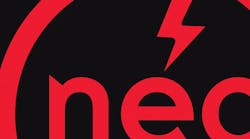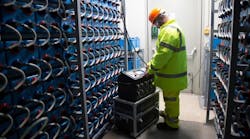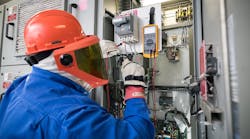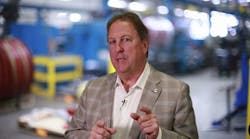The requirements of Art. 110 in the National Electrical Code (NEC) apply to all installations. The sheer number of violations of this Article’s requirements indicates a need to be very familiar with it.
What it covers:
- Approval.
- Examination.
- Installation.
- Use.
- Access to electrical conductors and equipment.
- Spaces about electrical conductors and equipment.
- Enclosures for personnel entry.
- Tunnel installations.
Let’s look at “approval” first. The conductors and equipment used in an installation are acceptable only if “approved” [110.2]. But approved by whom? What are the criteria?
Article 100 tells us that “approved” means “acceptable to the authority having jurisdiction (AHJ).”
Throughout the NEC, you’ll find the requirement that equipment be “listed” and in other places “labeled.” These are two things the AHJ needs to see, except where specifically exempted in the NEC. Article 100 defines “listed” and “labeled,” also.
AHJ approval is why, for example, you can use a Chapter 3 wiring method to enclose conductors, but you can’t use pipe that is intended for plumbing. And those conductors have to be Chapter 3 conductors.




